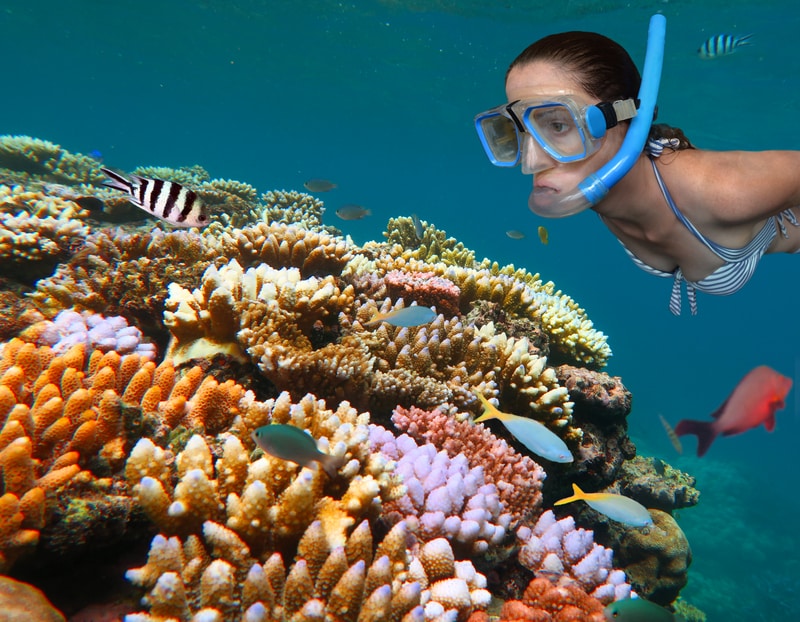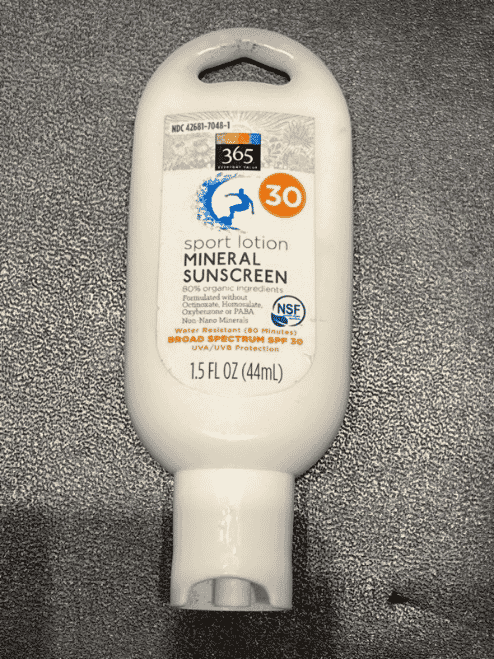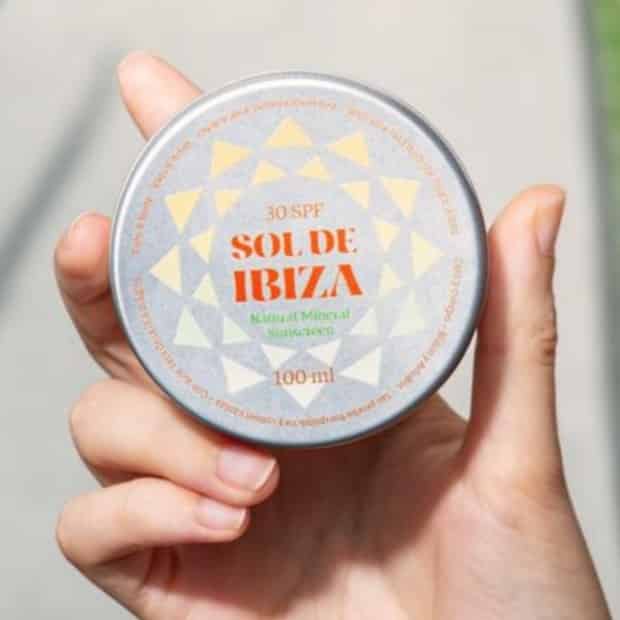Corals are marine animals with a symbiotic relationship with algae, which gives corals their color. Up to 70% of the world’s oxygen is produced by phytoplankton like algae which undergoes photosynthesis the same way as plants. The chlorophyll in chloroplasts gives plants their color. Chlorophyll A gives a teal-green color while chlorophyll B gives a yellow-green color. Other compounds such as fucoxanthin, gives it a brown color while phycobilins gives it a deep red/blue color. Colorful corals arise from colorful algae caused by chlorophylls.
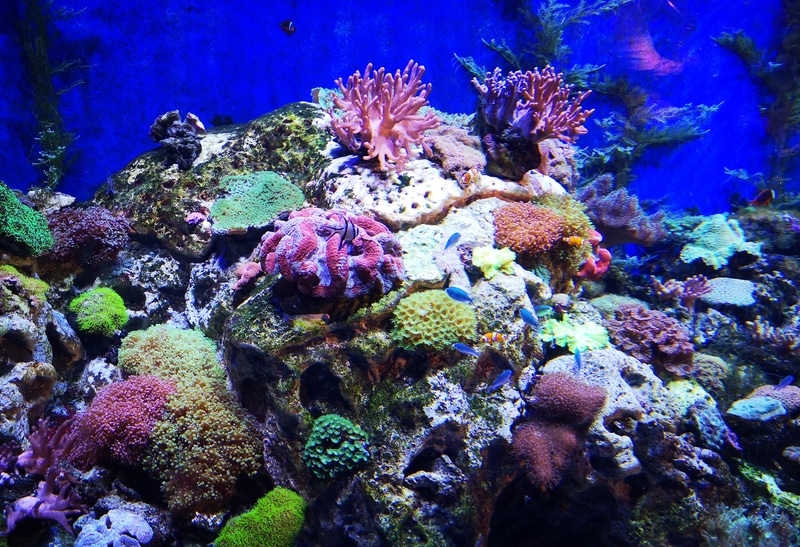
Corals along with sea anemones also have a symbiotic relationship with certain types of fish, like the clownfish (Nemo!). The clownfish feeds on small creatures which might harm the coral while the poop of the clownfish provides nutrients for the coral. It can be seen that these corals provide a home to a family of algae and sea animals.
When a coral is stressed, they expel algae from their tissues, leading to coral bleaching. As algae provides the coral with up to 90% of their energy, bleached corals will eventually starve and die. Few often recover. The main causes of coral bleaching are rising sea temperatures (~0.11°C each decade) as well as ocean acidification (drop of 0.1 pH since the industrial revolution). The Great Barrier Reef, covering up to 133,000 sq miles (344,468 km²) of coral is currently under threat. It has experienced severe bleaching events due to warming oceans in 2016/2017 and now in 2020. It is clear that more needs to be done to preserve corals.
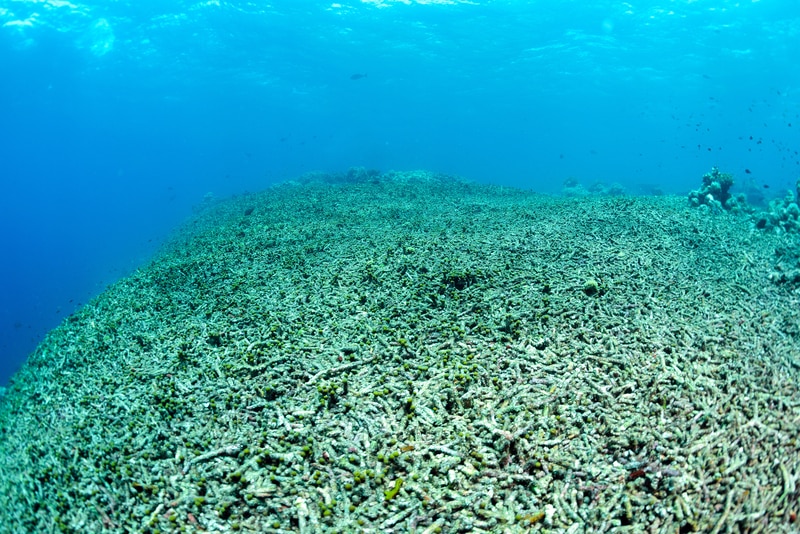
Additionally, sunscreen ingredients like oxybenzone and octinoxate have also recently proved to be detrimental to corals. “Oxybenzone and octinoxate cause mortality in developing coral; increasing coral bleaching that indicates extreme stress, even at temperatures below 87.8 degrees Fahrenheit [31°C]; and cause genetic damage to coral and other marine organisms. These chemicals have also been shown to degrade corals’ resiliency and ability to adjust to climate change factors and inhibit recruitment of new corals.
Furthermore, oxybenzone and octinoxate appear to increase the probability of endocrine disruption.” – HI SB 2571. Hawaii signed a bill in 2018 to protect corals (HI SB 2571) from sunscreen ingredients like oxybenzone and octinoxate, however, that bill will not go into effect until Jan 1st, 2021. Other coral-rich countries such as Palau, have already banned ingredients like parabens and octocrylene starting Jan 1st, 2020. Current sunscreen ingredients not threatened by a ban include avobenzone, titanium dioxide and zinc oxide. Nevertheless, one must balance the use of chemical and physical sunscreens as well as the importance of skin and coral protection.

